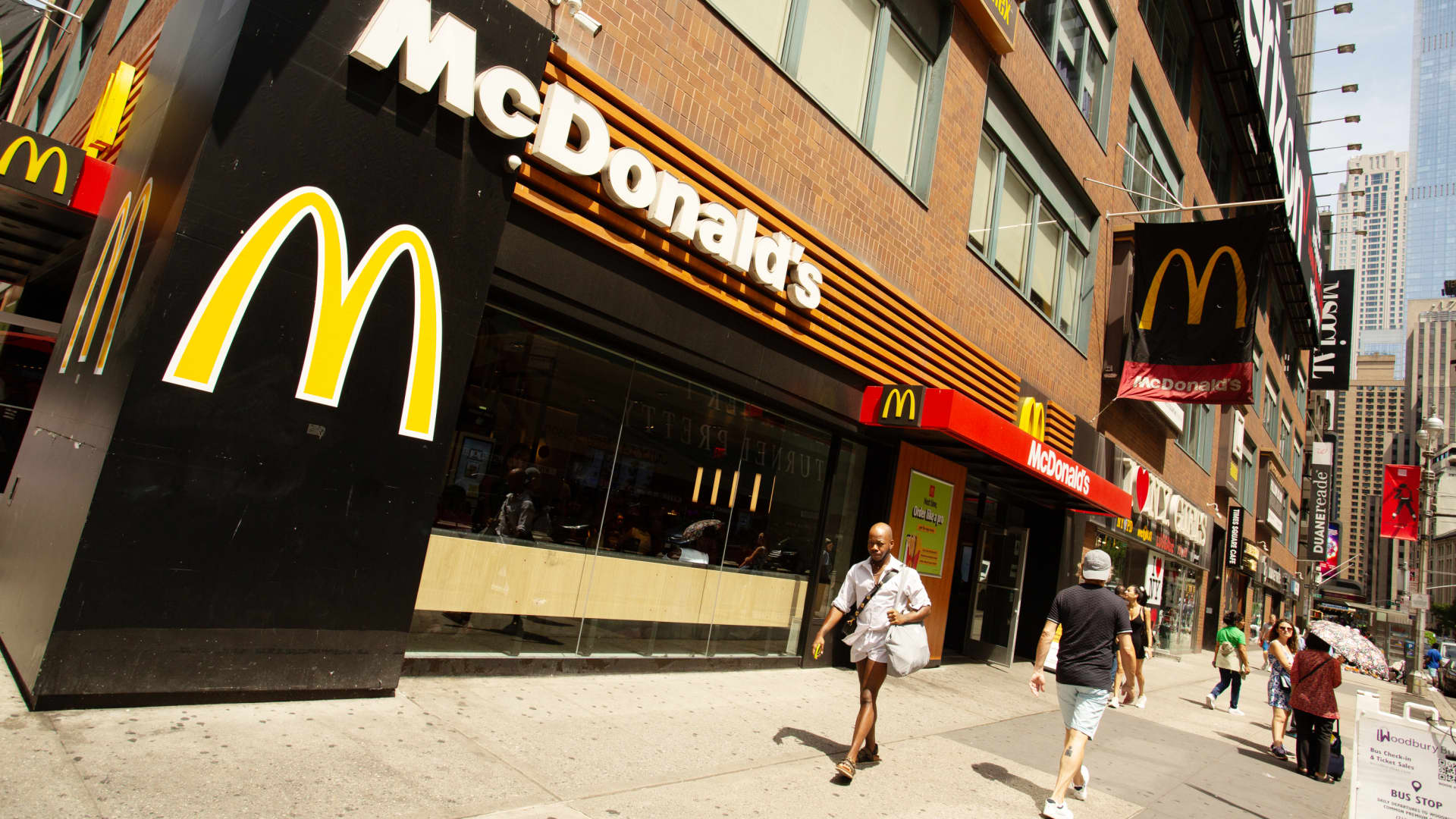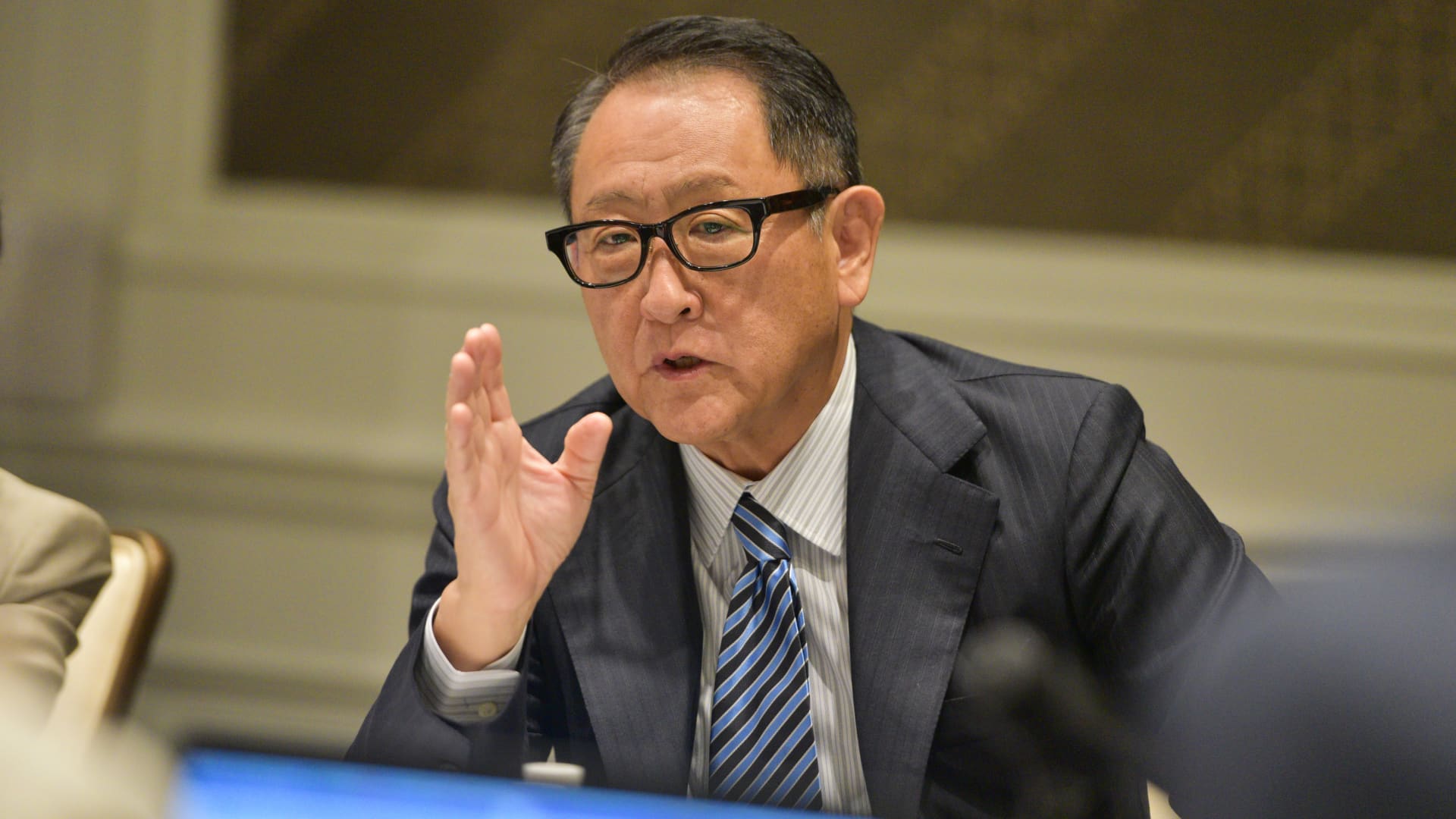US Markets
Thursday, January 11th, 2024 2:59 pm EDT
Key Points
- Higher-than-Expected Inflation in December: The primary focus of the article is the unexpected increase in consumer prices for various goods and services in the United States in December. The Consumer Price Index (CPI) rose by 0.3% for the month, exceeding the estimated 0.2% increase. On a 12-month basis, the CPI closed the year 2023 with a 3.4% rise, surpassing economists’ predictions of a 3.2% year-over-year reading. This indicates that inflationary pressures persist, contrary to the expectation of many economists and policymakers who believed that such pressures were easing.
- Impact of Rising Shelter Costs on Core CPI: A significant portion of the overall increase in consumer prices can be attributed to the surge in shelter costs. The category experienced a 0.5% increase for the month, contributing more than half to the core CPI increase. On an annual basis, shelter costs rose by 6.2%, representing about two-thirds of the overall rise in inflation. Despite this increase, Federal Reserve officials expect shelter costs to decline throughout the year as renewed leases reflect lower rents.
- Market Reaction and Monetary Policy Outlook: The article also discusses the immediate market reaction to the inflation data release. Stock market futures turned negative, and Treasury yields held slightly higher. Despite the higher-than-expected inflation readings, there is an ongoing debate between the market and the Federal Reserve regarding the timing and extent of potential interest rate cuts in 2024. While futures traders assign a strong possibility of the Fed cutting interest rates in March, the Fed’s projections point to just three rate cuts, highlighting a divide between market expectations and official forecasts. Policymakers, including New York Fed President John Williams, expressed varying views on the need for easier monetary policy, with some emphasizing the importance of inflation data and the resilience of the economy despite rising debt loads and contracting savings.
The latest report from the Labor Department reveals that consumer prices in the United States experienced a higher-than-expected increase in December, indicating that inflation is still exerting its influence on the economy. The Consumer Price Index (CPI) rose by 0.3% for the month, surpassing the estimated 0.2% increase. On a 12-month basis, the CPI for the entirety of 2023 recorded a 3.4% rise, exceeding economists’ predictions of a 3.2% year-over-year reading. Excluding volatile food and energy prices, the core CPI also rose by 0.3% for the month and 3.9% from the previous year, surpassing respective estimates of 0.3% and 3.8%.
The significant portion of this increase can be attributed to rising shelter costs, which saw a 0.5% increase for the month and accounted for over half of the core CPI surge. On an annual basis, shelter costs experienced a notable 6.2% increase, constituting a substantial portion of the overall inflation rise. Despite this, Federal Reserve officials anticipate a decline in shelter costs throughout the year as renewed leases reflect lower rents. In response to the inflation data, stock market futures turned negative, while Treasury yields held slightly higher.
Food prices experienced a 0.2% increase in December, mirroring the previous month’s rise. Egg prices surged by 8.9% for the month but were still down by 23.8% annually. Energy prices posted a 0.4% gain after a 2.3% decline in November, with gasoline rising by 0.2% and natural gas declining by 0.4%. Airline fares increased by 1% for the month. Other key price indexes showed motor vehicle insurance rising by 1.5%, medical care accelerating by 0.6%, and used vehicle prices, a significant contributor to the initial inflation surge, increasing by 0.5% after a 1.6% rise in November.
Wages adjusted for inflation posted a 0.2% gain for the month and a modest 0.8% increase from the previous year, according to the Bureau of Labor Statistics. The inflation readings coincide with the Federal Reserve maintaining its key borrowing rate for the third consecutive meeting. While the inflation data exceeded expectations, futures traders continued to assign a strong likelihood of the Fed initiating interest rate cuts in March, with a 63% probability, though this is slightly lower than the previous day. There is, however, a divergence between market expectations of six rate cuts in 2024 and the Fed’s projection of three.
Despite the higher-than-expected inflation readings, some policymakers, such as New York Fed President John Williams, have refrained from committing to easier monetary policy. Williams acknowledged the decline in inflation from its peak in mid-2022 but provided no hints about the timing of potential rate cuts, emphasizing the likelihood of maintaining a “restrictive” policy. Other officials, including Fed Governor Michelle Bowman and Dallas Fed President Lorie Logan, expressed skepticism and indicated a willingness to hike rates if inflation were to increase.
These comments come amid a resilient economic backdrop, with unemployment below 4%, consumers continuing to spend, and attention from Fed officials focused on services prices as indicators of whether inflation is making durable progress toward the central bank’s 2% target. Services, excluding energy, increased by 0.4% for the month and 5.3% from the previous year, providing further context to the ongoing discussion about the trajectory of inflation and potential monetary policy responses.
For the full original article on CNBC, please click here: https://www.cnbc.com/2024/01/11/cpi-inflation-report-december-2023-consumer-prices-rose-0point3percent-in-december-higher-than-expected-pushing-the-annual-rate-to-3point4percent.html



